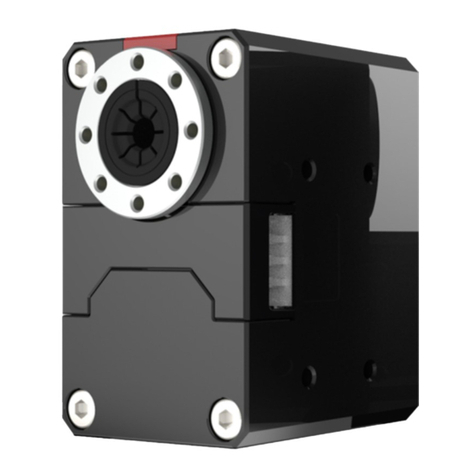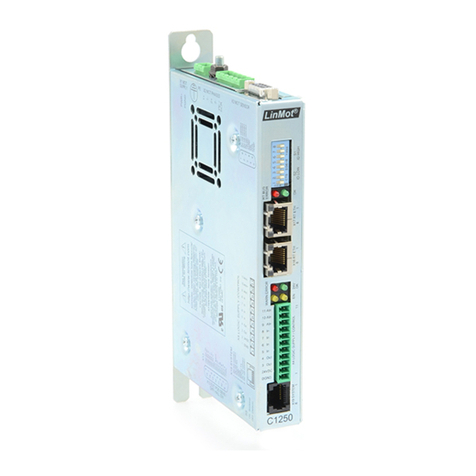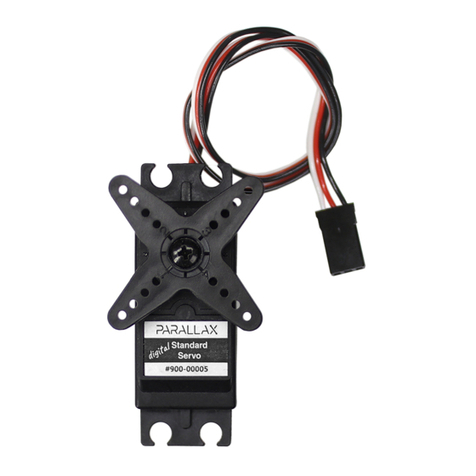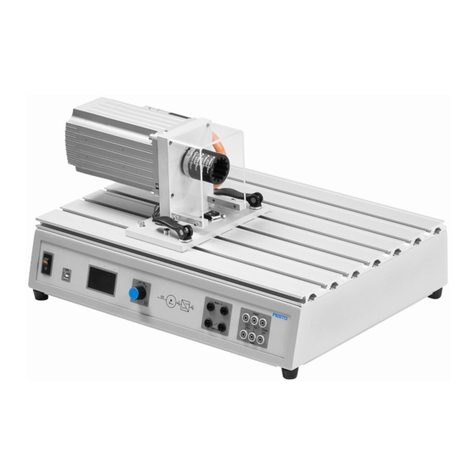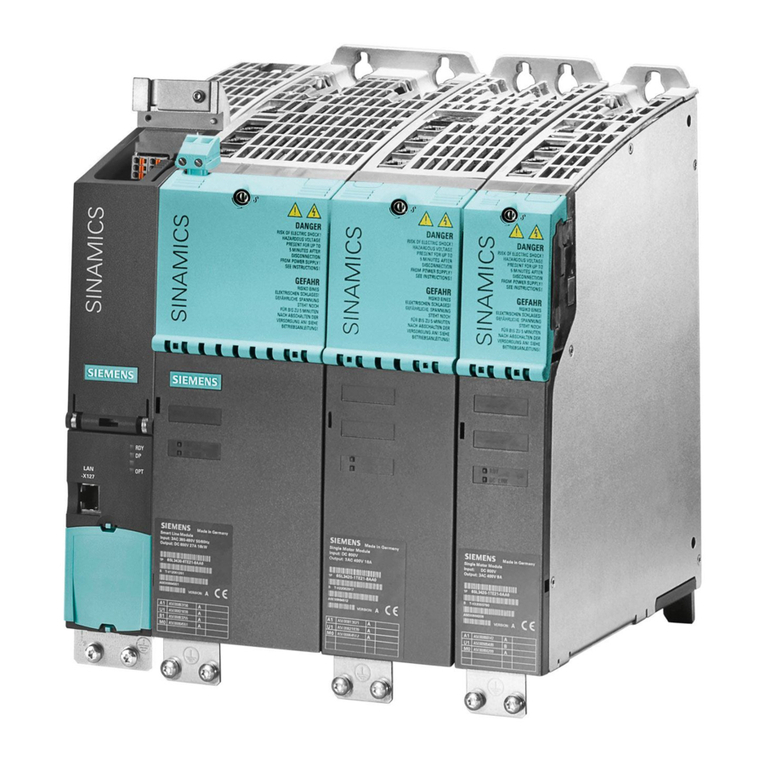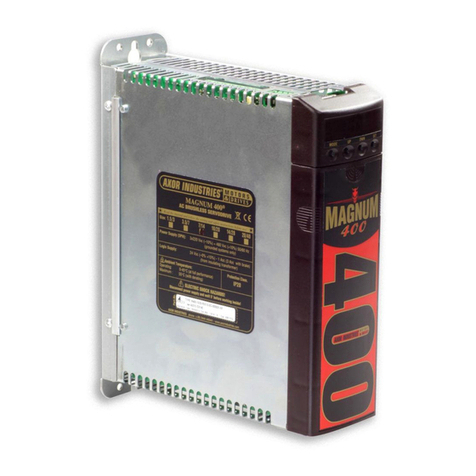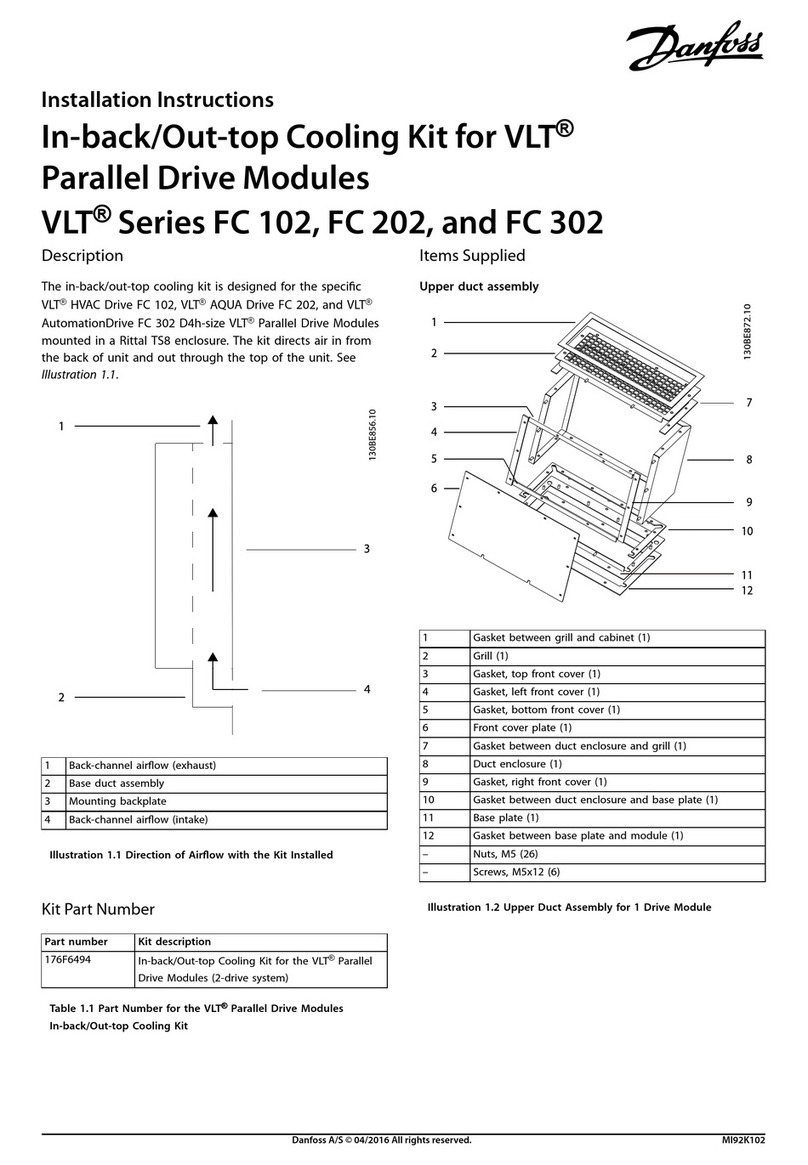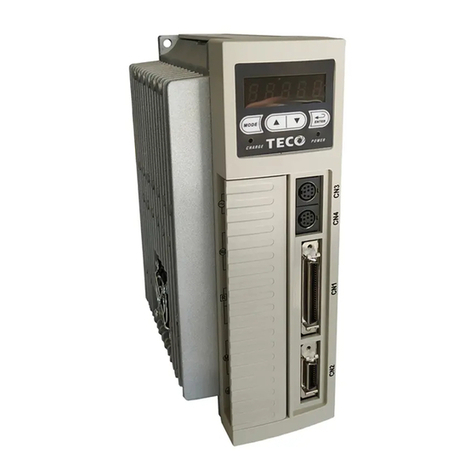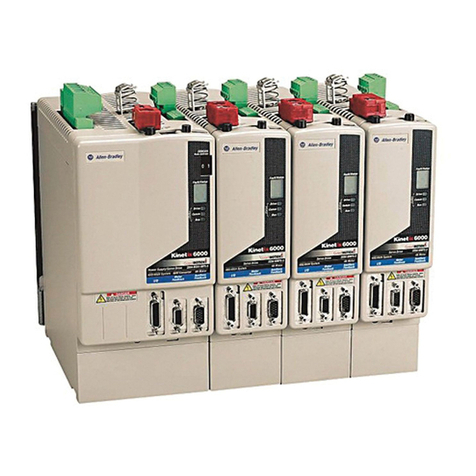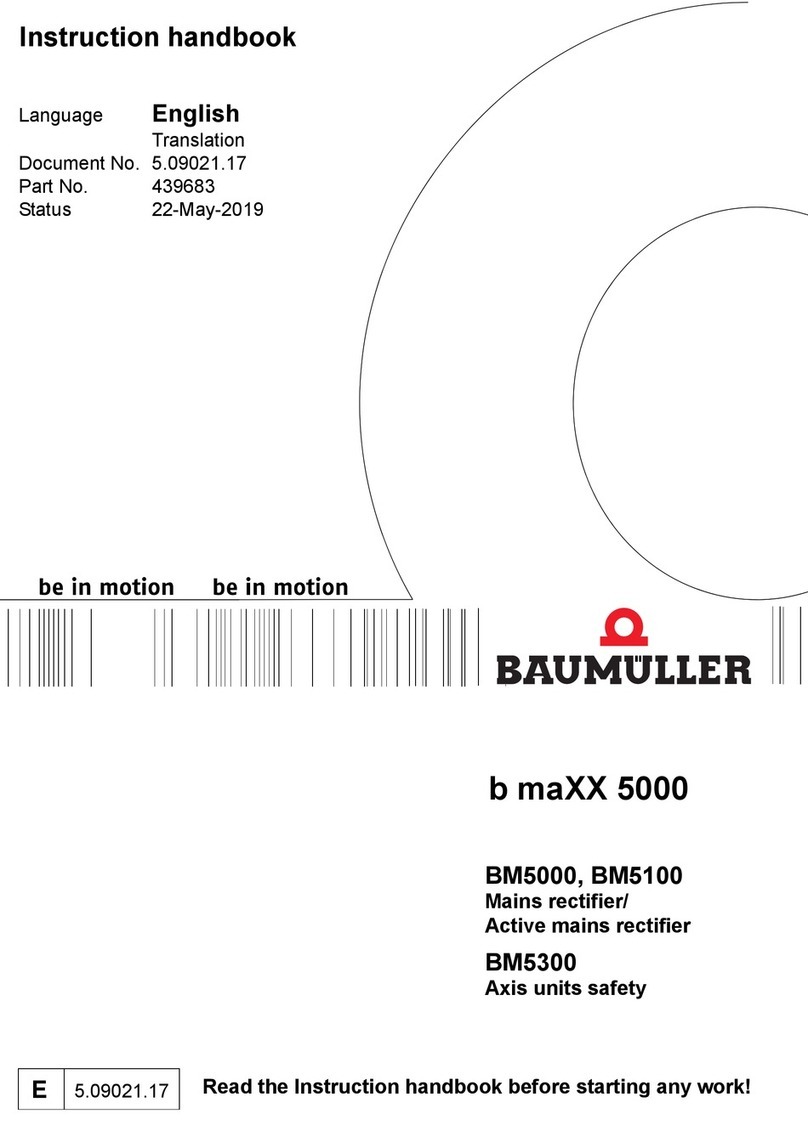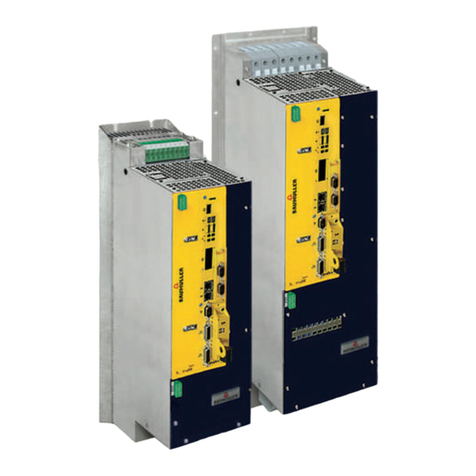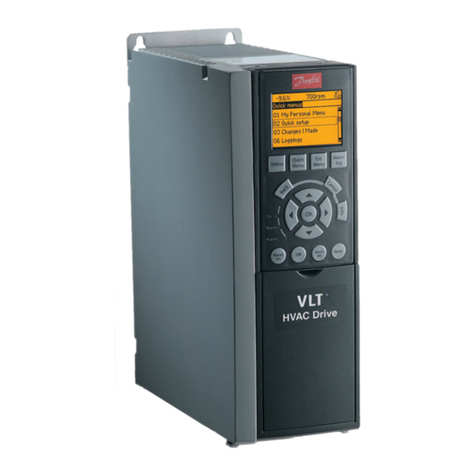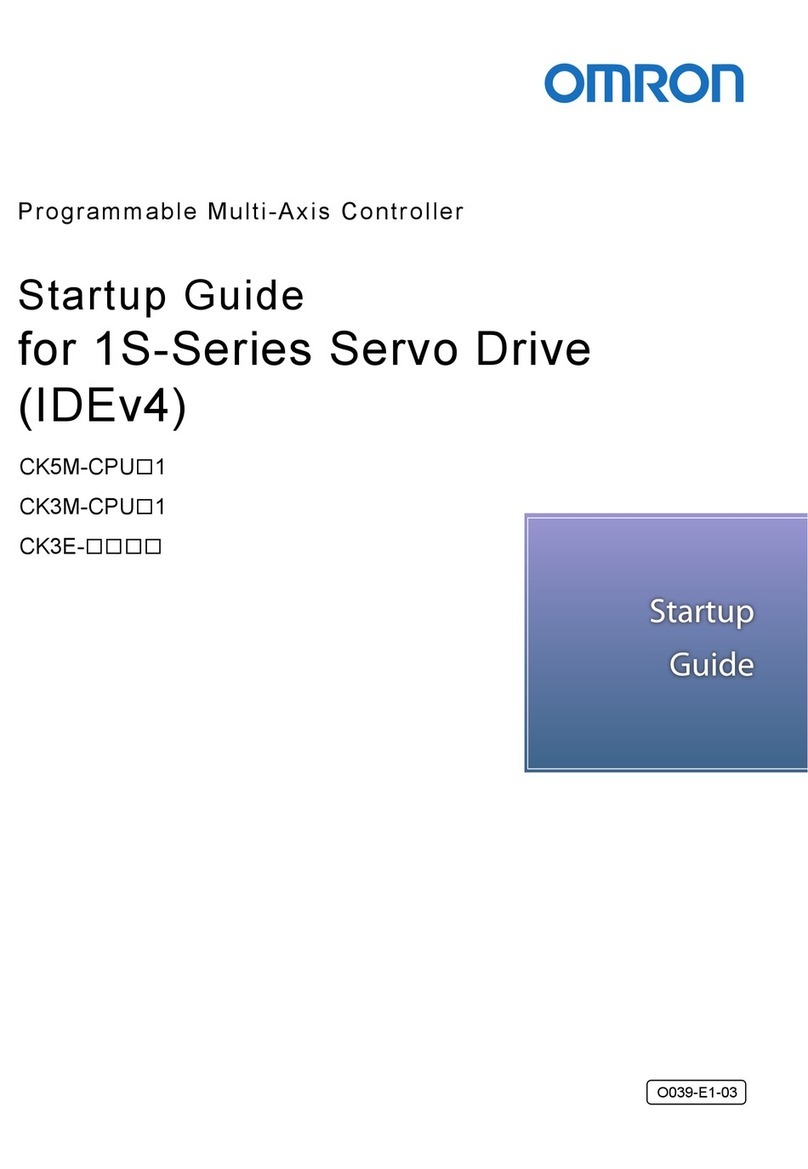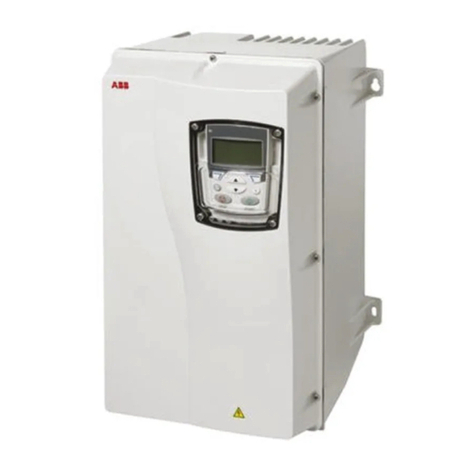1.2 Wiring instructions
The motor and power cables must be twisted for EMC reasons.
Note
Note
SOMANET servo drives are densely packed with high-performance components. Even at
SOMANET servo drives are densely packed with high-performance components. Even at
idle/torque off, several components such as power supplies, cause the servo drive to get warm,
idle/torque off, several components such as power supplies, cause the servo drive to get warm,
especially when it’s not connected to any heat conducting structure. The servo drives’ power
especially when it’s not connected to any heat conducting structure. The servo drives’ power
stages and control algorithms were optimized for efficiency at high power output and actually
stages and control algorithms were optimized for efficiency at high power output and actually
make them one of the most efficient servo drives available. The heat generation is not linear, which
make them one of the most efficient servo drives available. The heat generation is not linear, which
makes it actually more noticable at idle or low power. Please ensure by design of your mounting
makes it actually more noticable at idle or low power. Please ensure by design of your mounting
situation that the heat interface is connected to sufficient structure to appropriately dissipate
situation that the heat interface is connected to sufficient structure to appropriately dissipate
generated heat.
generated heat.
1.2.1 Using a PELV or SELV power supply
It’s recommanded to use a protected extra-low voltage supply (PELV) instead of a safety extra-low
voltage supply (SELV).
If a SELV is used, it’s possible that the isolation from the earth can be violated through our drive (e.g.
through heatsink or mechanical mountings) and the supply becomes PELV.
1.2.2 Warning about using contactors behind the power
supply
Attention
Attention
Our servo drives are designed for voltages between 12 V and 48 V (60 V Max), they should be
Our servo drives are designed for voltages between 12 V and 48 V (60 V Max), they should be
run with an appropriate extra-low voltage supply. Please
run with an appropriate extra-low voltage supply. Please do not use contactors behind the
do not use contactors behind the
power supply
power supply since the transient-voltage-suppression diodes could get damaged due to the
since the transient-voltage-suppression diodes could get damaged due to the
power-up voltage increase (Surge). This is likely to happen when the power up occurs fast and
power-up voltage increase (Surge). This is likely to happen when the power up occurs fast and
can lead to complete failure
can lead to complete failure of your servo drive.
of your servo drive.
If contactors behind the power supply are used, it’s necessary to
If contactors behind the power supply are used, it’s necessary to include an uni-directional
include an uni-directional
TVS diode type 1.5KE62A-E3/54
TVS diode type 1.5KE62A-E3/54* between Main Power Supply and Ground of the terminal.
* between Main Power Supply and Ground of the terminal.
* this model has been successfully tested by Synapticon. Other products with the same
* this model has been successfully tested by Synapticon. Other products with the same
specifications may also be appropriate but can’t be recommended.
specifications may also be appropriate but can’t be recommended.

